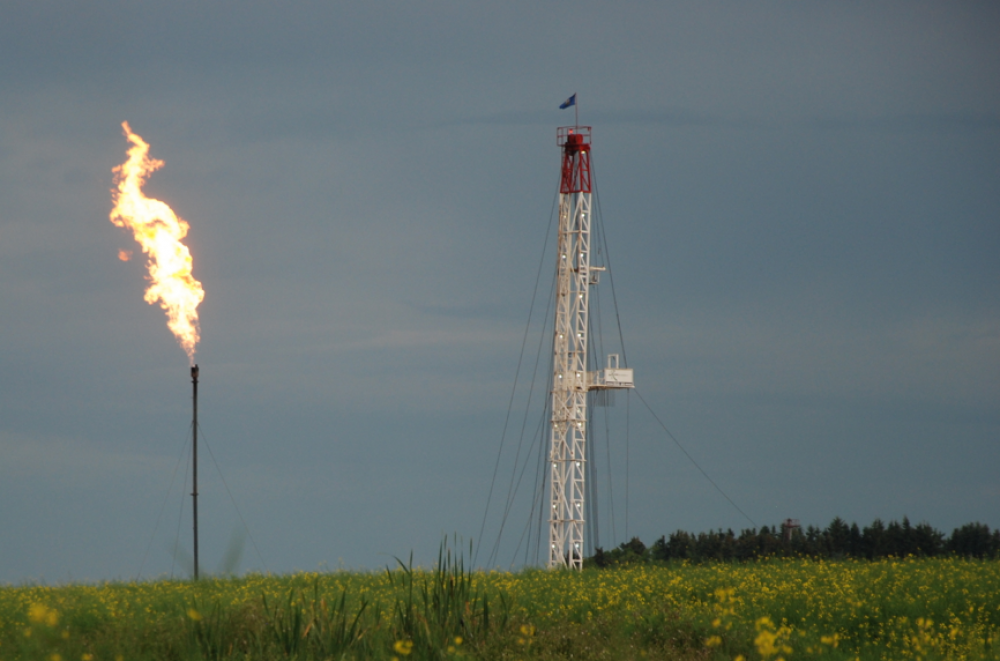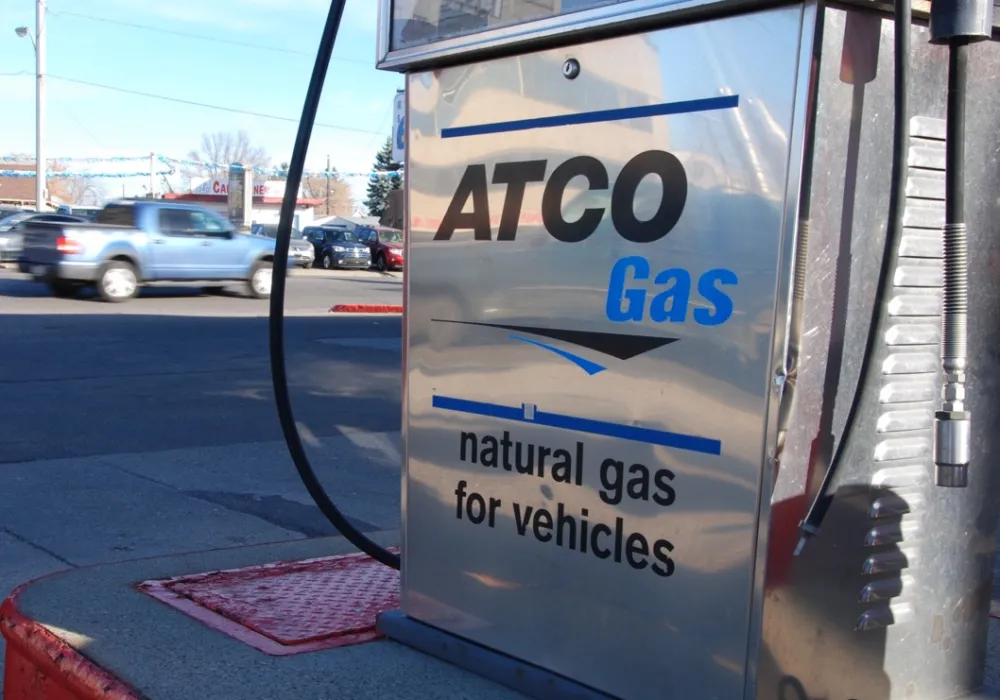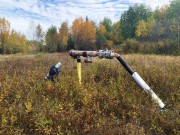Natural gas flares lighting up the night sky, visible from space — it’s a frequent sight in the Northeast and the Bakken unconventional gas plays in the United States. And it’s the type of wasteful action that does nothing to ease criticism of hydraulic fracturing.
![*Gas drilling in North Dakota. Photo: [NASA Earth Observatory; https://www.flickr.com/photos/gsfc/8249377475/in/photolist-igoiWK-igo5Y1-dzfcpn-dz4FZq-dyYdw8] Gas drilling in North Dakota: NASA image](/images/blogs/270/gas-drilling-north-dakota-nasa.jpg) Alberta could soon face a similar problem as it rapidly develops its own large shale gas resources. And since Alberta doesn’t need any additional black marks on its environmental record, it is encouraging that the Alberta Energy Regulator seems to be taking action. In fact, a partial solution is in the offing that could yield dividends all around.
Alberta could soon face a similar problem as it rapidly develops its own large shale gas resources. And since Alberta doesn’t need any additional black marks on its environmental record, it is encouraging that the Alberta Energy Regulator seems to be taking action. In fact, a partial solution is in the offing that could yield dividends all around.
The rise of flaring and venting
Alberta policy allows companies to determine, based purely on economics, if they will capture, flare or vent excess methane at their production sites. When natural gas prices were high, more gas was captured — greenhouse gas emissions fell by 80 per cent between 1996 and 2009. But production from oil- and liquids-rich shale formations is increasing in areas with limited gas pipeline infrastructure, and natural gas prices are now near historic lows. Companies are looking at the bottom line, and increasingly choosing to flare or even vent methane.
As a consequence, the volume of solution gas flared and vented increased 66 per cent between 2009 and 2012. In 2011 it surpassed the Alberta Energy Regulator’s own statutory limit of 670 million cubic meters, and continues to climb. Alberta’s policy — recognized by the World Bank in 2004 as world-leading at the time — is looking increasingly out of date.
![* Adapted from Alberta Energy Regulator, Upstream Petroleum Industry Flaring and Venting Report – Industry Performance for year ending December 31, 2012, [ST60B-2013;www.aer.ca/documents/sts/ST60B-2013.pdf] (2013), Historic Trend Chart, Figure 1, 3. Flaring and venting in Alberta](/images/blogs/full/st60b-2013-flaring-graph.png)
However, on June 16, 2014, a new directive came into force that gives the regulator the discretion to oblige companies, regardless of economics, to capture all associated gas if the regulator deems it necessary.
Natural gas as transportation fuel
Natural gas could have a material and economically positive impact as a transportation fuel. Natural gas fuels offer the potential for lower costs, reduced greenhouse gas emissions, lower air pollutants, and less operating noise. At the Pembina Institute, we recently crunched the numbers and learned that natural gas is indeed a lower-cost option for some uses of heavy duty trucks in Western Canada, bringing significant air quality benefits along with an 11 to 14 per cent reduction in greenhouse gas emissions, provided upstream and vehicle leakages are minimized. (Note: for full results of that analysis, please contact Jason Switzer.)
And since the transportation and the oil and gas sectors were together responsible for roughly all of the overall growth in Canada’s emissions between 1990 and 2011, addressing these sectors jointly presents an opportunity for significant emissions reductions.
From waste to resource
Innovative companies are already recognizing the potential of capturing stranded gas and processing it for use at the well site or in the trucking fleet. Several of these companies are based in western Canada.
- In Vancouver, ME Resource Corp. is developing a micro-refinery unit to process raw natural gas into fuels such as diluents, diesel and synthetic crude oil plus power.
- In Calgary, CanElson recently acquired CanGas, an early player in capturing and compressing flared gas to replace diesel; and Ferus has taken full ownership of Encana’s Elmworth facility in Grande Prairie, which will supply liquefied natural gas (LNG) to the Alberta market of natural gas-compatible drilling rigs, pressure pumping equipment and heavy-duty trucks.
- Shell and Caterpillar are working together to test increased use of LNG in oilsands mining trucks.
This year the Government of Alberta will announce a plan to “help build a world-class transportation network that is safe, sustainable and innovative, and that supports a high quality of life.” Will it also transform stranded gas from a liability to a compelling win for the environment, the oil patch and the burgeoning clean tech sector in Alberta?
Get it right and we have a solution to export. Fail to seize the opportunity, and we may soon join North Dakota in lighting the night for the world to see.









